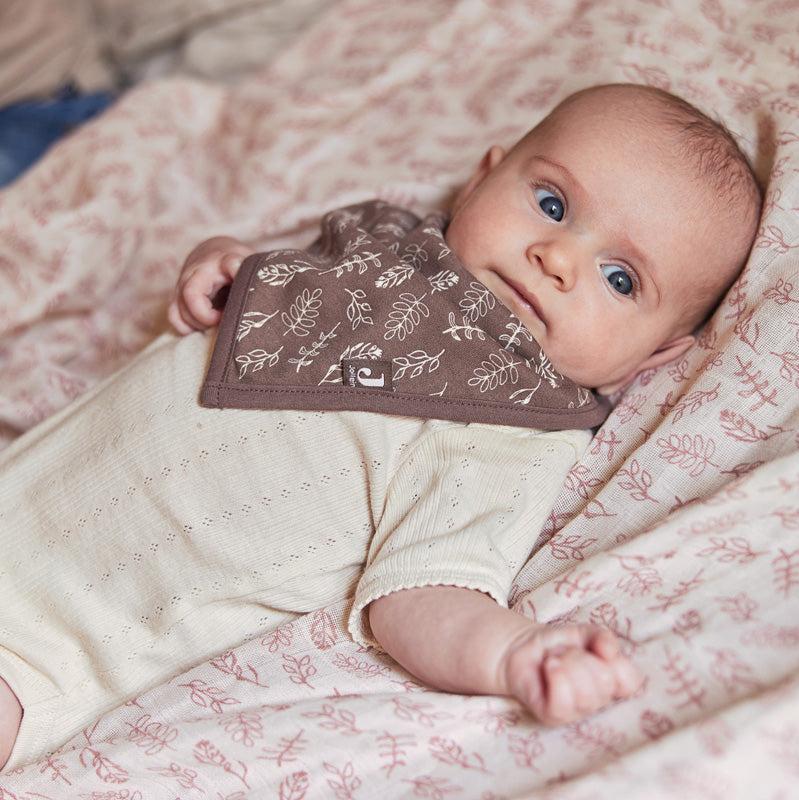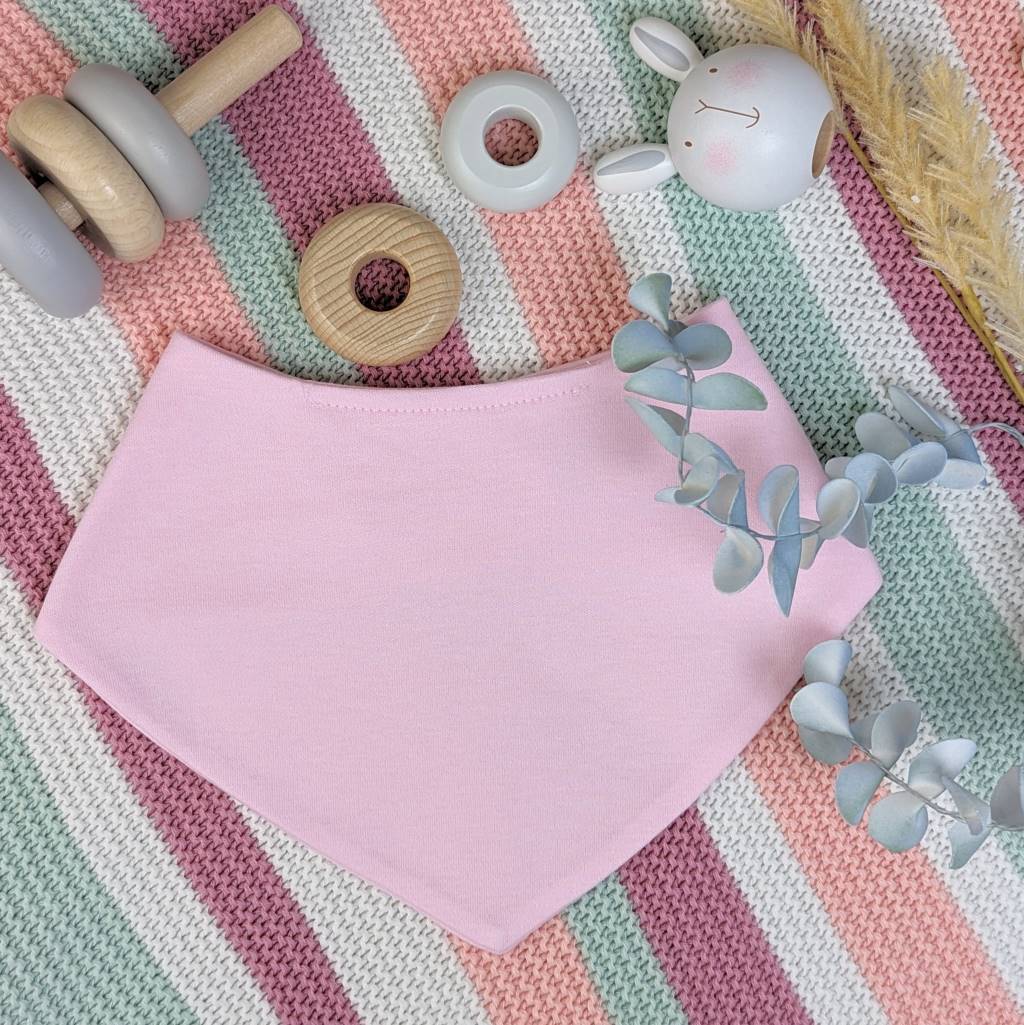Baby Bibs: A Practical and Adorable Essential
Becoming a parent is a joyous occasion, and as your little one embarks on the journey of solid foods, baby bibs become indispensable. These simple yet effective baby essential accessories act as the first defence between messy mealtimes and your baby’s lovely clothing.
Why Baby Bibs Matter
Mealtime with a baby can be a messy affair, and that's where baby bibs come to the rescue. Whether you're dealing with drool during teething or the delightful chaos of introducing solids, a good bib is a game-changer. It keeps your baby's clothes clean and dry, minimising the need for constant wardrobe changes.
How to Choose Baby Bibs
Our bibs are not just practical; they're also designed to complement your little one's adorable outfits. From vibrant colours to cute patterns and charming details, baby bibs can be both protective and a delightful accessory.
Style and Design: Baby bibs often feature charming designs, including flowers, animals, or playful patterns. Some may even come with frills or bows, adding a touch of sweetness to your baby's ensemble.
Soft Materials: You can opt for bibs made from soft, gentle materials to ensure your baby's comfort. Cotton or muslin bibs are not only absorbent but also easy on your baby's delicate skin.
Adjustable Closures: Babies grow quickly, so choose bibs with adjustable closures to accommodate different neck sizes. This ensures a snug fit without causing any discomfort as they grow.
Adorable Themes: Baby bibs often feature themes like trucks, dinosaurs, or sports, adding a playful touch to your baby's mealtime attire.
Durable Materials: Look for bibs made from durable materials that can withstand regular washing. This ensures that the bibs remain in good condition, ready for the next mealtime adventure.
Easy to Clean: Opt for bibs that are easy to clean, either by wiping down or tossing in the washing machine. Convenience is key for busy parents.
Whether you're looking for baby girls bibs or baby boys bibs, our bibs are functional and help complete your little ones outfits.
Exploring The Types of Baby Bibs
Baby bibs come in various styles, each serving a specific purpose. Understanding the different types can help you choose the right bib for the occasion.
Bandana Bibs
Bandana bibs are not only practical but also stylish. These triangular-shaped bibs mimic the look of a bandana, providing ample coverage for spills and dribbles. They're a trendy accessory that adds style to your baby's outfit while keeping them dry.
Dribble Bibs
Dribble bibs are designed to handle excessive drool, a common occurrence during teething. These bibs are made from absorbent materials to keep your baby's chin and chest dry, preventing skin irritation and discomfort.
Teething Bibs
Teething bibs work hand in hand with teething toys. As your baby chews on the teether, the bib catches excess drool, saving their clothes from becoming wet and uncomfortable.
Baby bibs are more than just practical necessities – they're adorable accessories that make parenting a little easier. Whether you're dressing up your baby girl in cute patterns or keeping your baby boy dapper during meals, Choosing the perfect bib not only helps build cute outfits but also makes parenting that little bit easier.


























